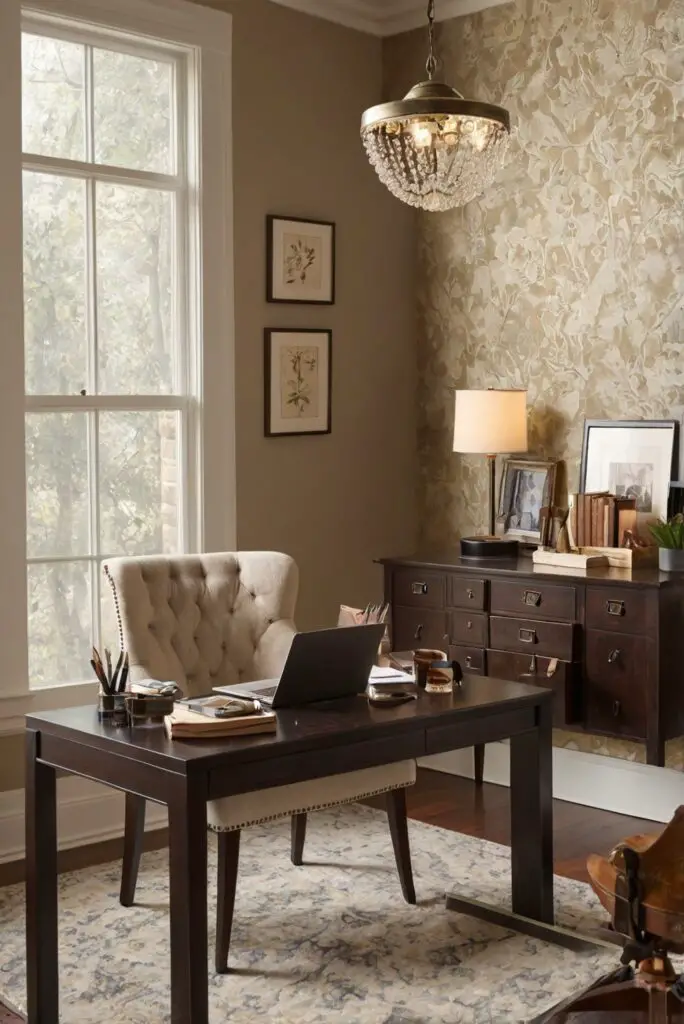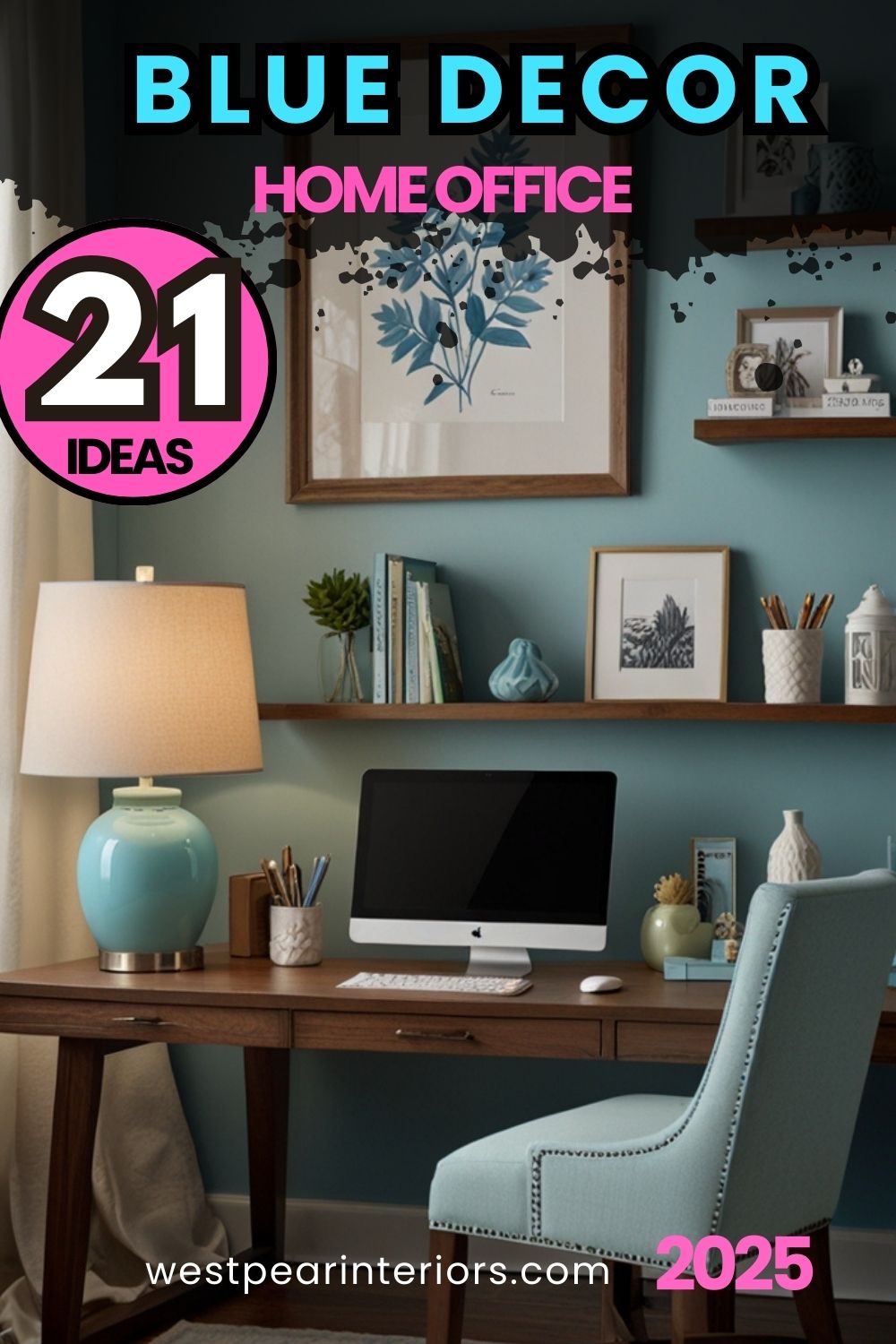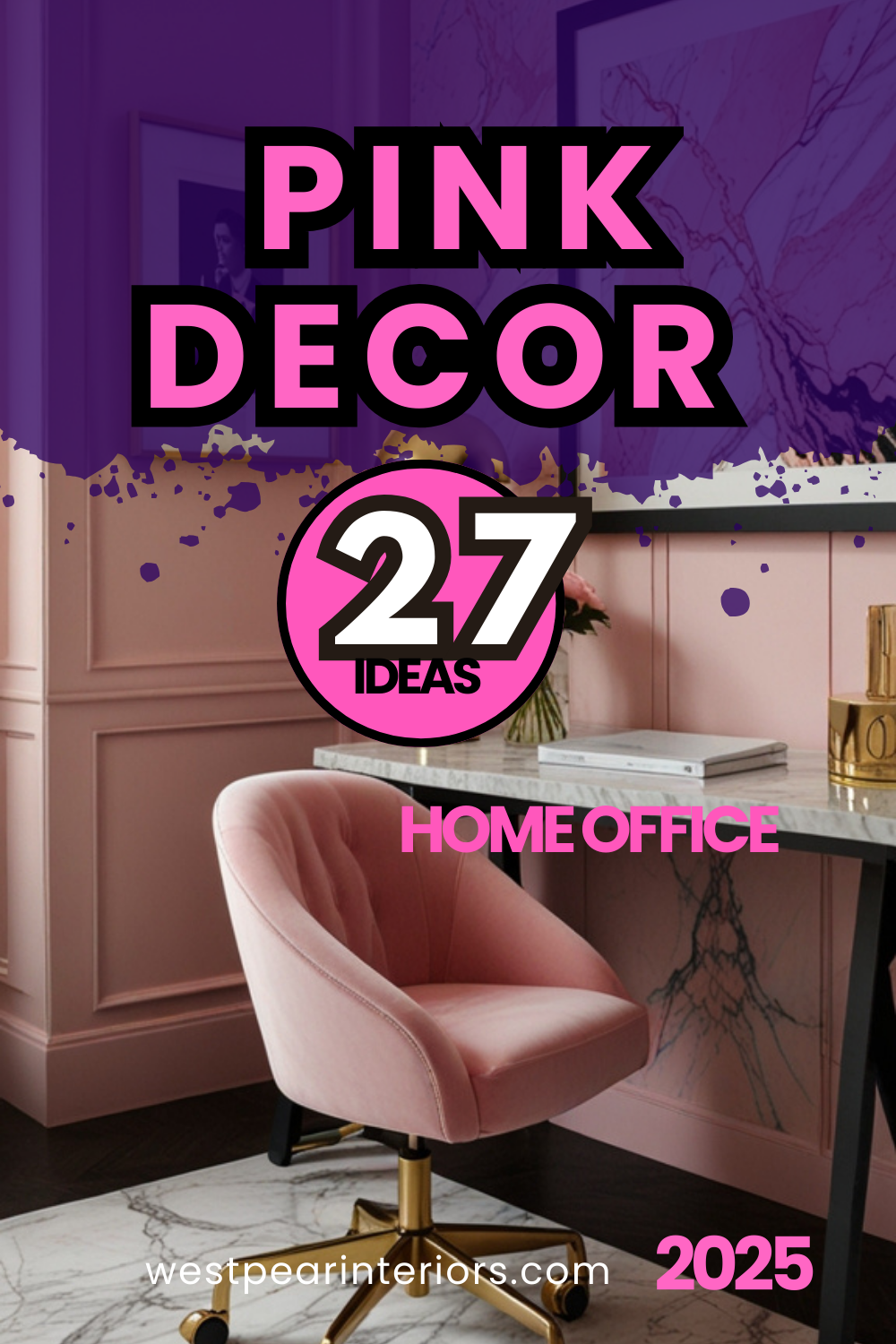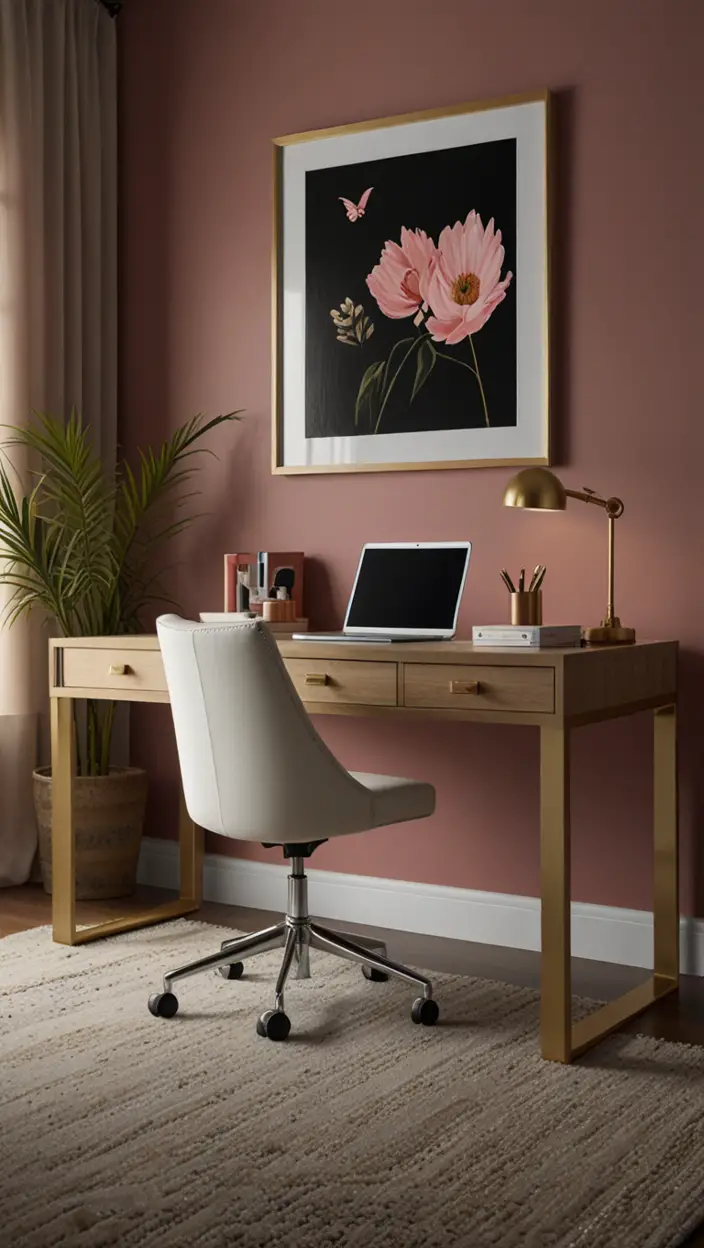Looking to revamp your small home office? Discover the secrets to choosing the perfect color scheme for optimal productivity.
To choose the right color scheme for a small home office, start by considering the size of the space. Light and neutral colors like white, cream, and soft gray can make a small room appear larger and brighter. Additionally, using colors that complement each other can create a cohesive and harmonious look.
When selecting colors for your home office, think about the functionality of the space. For a calm and focused environment, opt for blues and greens. If you want to stimulate creativity and energy, consider using shades of yellow or orange.
My Lovely Spring Paint for 2025
Ready for a Spring Makeover? Explore the Freshest 2025 Paint Trends!
White Sage/Green SW Pistachio green Soft blue Honeysweet/Orange Pink Sugar Sage Tint BMAs an Amazon Associate, I may earn a commission from qualifying purchases at no extra cost to you.
It’s also essential to test paint colors on the walls before committing to a full coat. Buy samples and paint swatches to see how they look in different lighting conditions throughout the day.
Remember to balance your color scheme with furniture and decor. Use the 60-30-10 rule, where 60% of the room is the dominant color (walls), 30% is the secondary color (furniture), and 10% is the accent color (accessories).
By carefully selecting colors that reflect your personal style and promote productivity, you can create a stylish and functional home office.
My fAV Spring DECOR for 2025
Discover Spring’s Best 2025 Decor Combinations – Perfect for Any Room!
Oversized Indoor Plants White Curved Sofas Rugs BOH Brown Cream Moroccan Hype Boho Rug Outdoor Patio Furniture Sets Topfinel Pillow CoversAs an Amazon Associate, I may earn a commission from qualifying purchases at no extra cost to you.
Choosing the right color scheme for a small home office is crucial in creating an inviting and productive workspace. Here are some valuable insights to help you make the best color choices:
How to choose a color scheme that makes a small home office appear larger?
When selecting colors for a small home office, opt for light and neutral hues such as soft whites, pale grays, and pastel shades. Light colors can make a space feel more expansive and open. Consider using a monochromatic color scheme with variations of the same color to create a cohesive and visually larger space.
What is the best way to incorporate multiple colors without creating a cluttered look in a small office?
To avoid a cluttered appearance, limit the number of colors used in your small office. Choose a primary color as the base and add one or two complementary colors for accents. Consider using these accent colors in furnishings, decor items, or accessories to create a harmonious and balanced look without overwhelming the space.
Can I use bold colors in a small home office without overwhelming the space?
Yes, you can incorporate bold colors in a small home office, but use them strategically. Select one or two bold colors as statement hues and balance them with neutral tones to prevent the space from feeling too intense. Consider using bold colors on an accent wall, furniture pieces, or decorative elements to add visual interest without overpowering the room.
How can I ensure the color scheme of my home office complements the existing room decor?
To ensure your home office color scheme complements the existing decor, take into account the colors of the furniture, flooring, and other elements in the room. Choose colors that harmonize with the existing palette or opt for complementary colors to create a cohesive and seamless look. Create a color mood board to visualize how different hues work together before making final decisions.
What paint alternatives can I consider for my small home office to create a visually appealing space?
In addition to traditional paint, consider alternative wall treatments like wallpaper, chalkboard paint, or textured finishes to enhance the visual appeal of your small home office. Wallpaper can add pattern and texture, while chalkboard paint allows for creativity and organization. Textured finishes like stucco or faux finishes can also create depth and interest in the space.
Why is it important to consider the color psychology when selecting a color scheme for a home office?
Color psychology plays a significant role in influencing mood, productivity, and creativity in a workspace. When choosing colors for your home office, consider the psychological effects of different hues. For example, blue can promote focus and concentration, yellow inspires creativity, and green fosters a sense of calm. By understanding color psychology, you can create a workspace that supports your specific work needs and goals.
How can I stay organized while incorporating a color scheme in my small home office to enhance productivity?
To stay organized in your small home office while incorporating a color scheme, utilize color-coded systems for storage, filing, and task management. Assign specific colors to different categories or tasks to streamline organization and boost productivity. Use color-coordinated storage bins, folders, labels, and planners to maintain a cohesive and efficient workspace.
Wrap-Up Questions:
1. What impact does natural light have on color choices for a small home office?
When selecting colors for a small home office, consider the amount of natural light in the space. Natural light can affect how colors appear, so test paint samples in different lighting conditions to ensure the hues look as intended. Opt for light-reflective colors to maximize natural light and brighten up the room.
2. How can color temperature influence the atmosphere of a small home office?
Color temperature, whether warm or cool, can impact the atmosphere of a small home office. Warm colors like reds, oranges, and yellows can create a cozy and inviting feel, while cool colors such as blues and greens promote a sense of tranquility and focus. Consider the desired ambiance when choosing between warm and cool tones for your workspace.
Key Takeaways:
– Light and neutral colors can make a small home office appear larger and more open.
– Limit the number of colors used in a small office to avoid a cluttered look.
– Incorporate bold colors strategically as statement hues or accents.
– Ensure the color scheme of your home office complements the existing decor.
– Consider alternative paint options like wallpaper or textured finishes for visual interest.
– Understand color psychology to create a workspace that supports productivity and mood.
– Utilize color-coded systems for organization to enhance productivity in your small home office.






